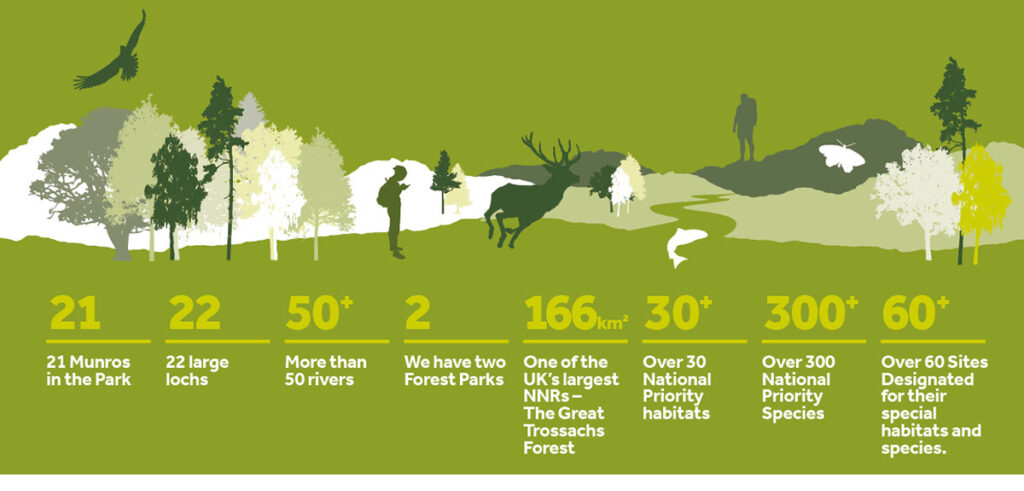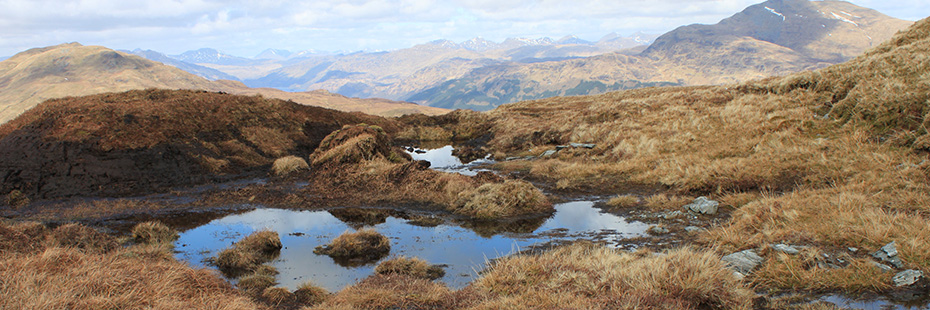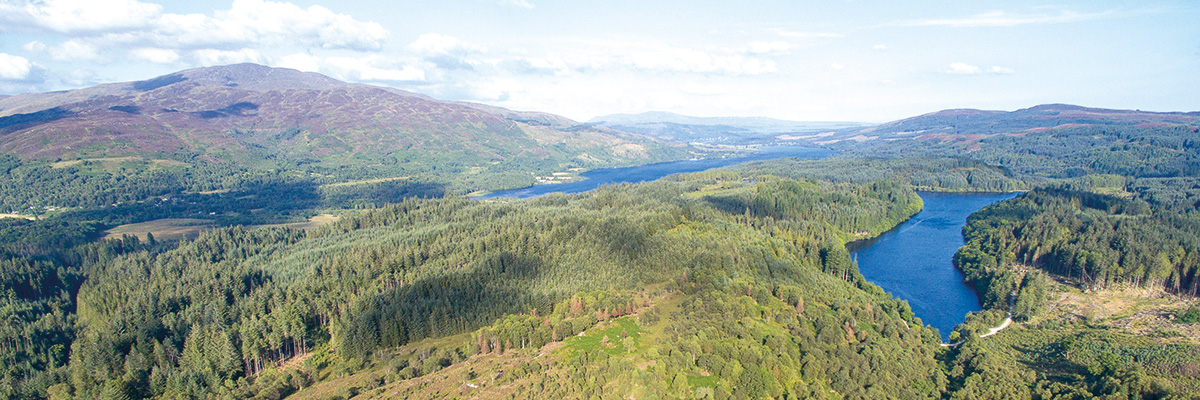
Nature – where are we now?
National Parks are built upon the foundations of their nature and people. They play a crucial role in protecting these natural assets and supporting local communities whilst engaging and educating people in their dramatic landscapes and the wildlife that live there.
In Loch Lomond & The Trossachs National Park we are lucky to have a rich legacy of natural and cultural heritage left to us by environmental processes combined with the labour of previous generations.
- 21 Munros in the Park
- 22 large lochs
- More than 50 rivers
- We have two Forest Parks
- One of the UK’s largest NNRs – The Great Trossachs Forest
- Over 30 National Priority habitats
- Over 300 National Priority Species
- Over 60 Sites Designated for their special habitats and species.
The State of Nature in the National Park
Pressures from over-grazing, pollution, invasive non-native species and a rapidly changing climate mean that many of our iconic habitats and species are in decline and are in danger of becoming increasingly rare and therefore vulnerable.
Despite our collective best efforts to date:
- We need to expand and regenerate our native woodlands
- Over 50,000 hectares of peatlands may currently be degraded, releasing greenhouse gases, and contributing towards climate warming
- Invasive non-native species remain widespread
- Approximately 20% of Designated Sites, such as Sites of Special Scientific Interest, are in an unfavourable condition
- Approximately 50% of water bodies may not be in good ecological condition
Efforts to protect and rebuild nature to date have been best intentioned and created some positive examples. However, their effectiveness has been limited due to insufficient resources and considerable challenges. We are failing to achieve the necessary impact in nature restoration that we need. Our duty as stewards of this special place has therefore changed in the face of this crisis.
Policy background
The Scottish Biodiversity Strategy 2045 sets out a clear ambition for Scotland to be Nature Positive by 2030, and to have restored and regenerated biodiversity across the country by 2045.
The Environment Strategy for Scotland, published in 2020, also provides an overarching framework, a long-term vision and supporting outcomes bringing together various environmental strategies and plans.
“By 2045… by restoring nature and ending Scotland’s contribution to climate change, our country is transformed for the better – helping to secure the wellbeing of our people and planet for generations to come.”
Environment Strategy for Scotland’s vision
In December 2020 the National Park Authority Board signed the Edinburgh Declaration, an international agreement which is a statement of intent from the Convention on Biodiversity, agreeing that subnational, regional and local governments across the world commit to taking bolder action to halt global biodiversity loss.
Read More: Where do we want nature to get to?




